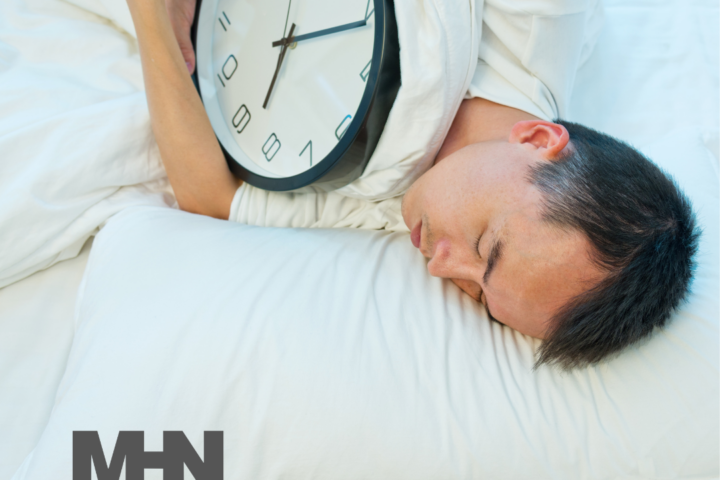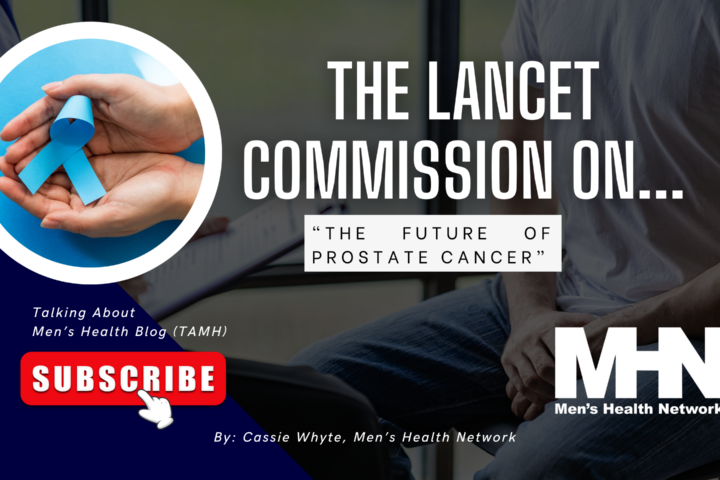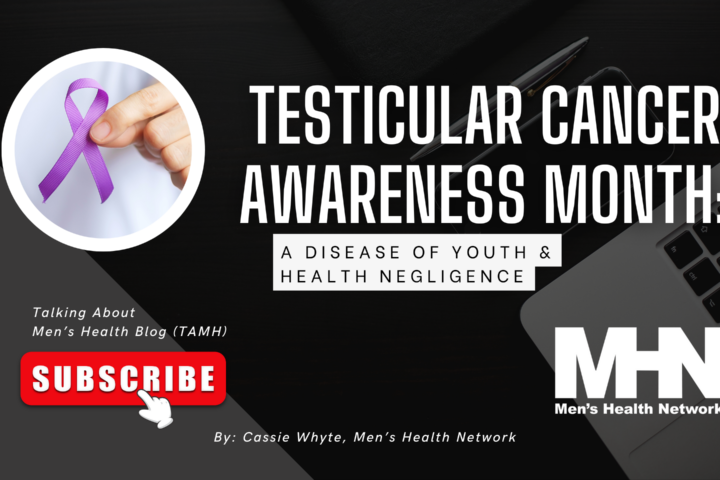Like everyone else in the world, I’m concerned about Covid-19. Though it seems we’re all at risk of being infected, not all of us are at equal risk for getting sick or dying from the disease. We watch the news and try to make sense of all the conflicting information we are being given. But if you’re like me, what we really want to know isn’t about the daily increase in cases or deaths throughout the U.S. and around the world. We want to know if we’re going to die or get sick enough to be hospitalized or if it will happen to someone we love.
As a health-care professional with a PhD in International Health and 50 years’ experience working in the field, I’ve been sharing what I’ve learned in a series of articles I post weekly on my website.
According to a Harvard Medical School report, “Covid-19 Basics” updated on May 20, 2020, “It appears that the risk of death with the pandemic coronavirus infection (commonly estimated at about 1%) is far less than it was for SARS (approximately 11%) and MERS (about 35%), but will likely be higher than the risk from seasonal flu (which averages about 0.1%).”
So, the good news is that it appears that approximately 99% of us are not going to die from Covid-19. Of course, that’s little comfort to the more than 300,000 people who have died world-wide or the more than 100,000 who have died in the U.S.
I’ve found it helpful to examine the risk for death and disability of Covid-19 in two different groups. According David L. Katz, M.D., Past-President of the American College of Lifestyle Medicine and Founder/President of the True Health Initiative:
“More and more data are telling us that Covid-19 is two completely different diseases in different populations. It is severe and potentially lethal to the old, the chronically ill and those with pre-existing conditions. It is, however, rarely life-threatening, often mild — and often even asymptomatic — among those under 50 or 60 in generally good health.”
According to Dr. Katz, If you are under 50 and in generally good health, you may well be exposed to the Covid-19 virus, but your chances of dying, or becoming serious ill, are relatively small.
Dr. Katz’ experiences are supported by a study published on March 30, 2020 in the Lancet medical journal and reported by health writer Sharon Begley in an article “What explains Covid-19’s lethality for the elderly? offers specific risk factors for different groups that can help us better understand our own risks for dying or ending up in a hospital if we get the Covid-19 virus.
The study gives these statistics for patients who die as a result of the Covid-19 virus:
- 13.4% of patients 80 and older.
- 8.6%, of those in their 70s.
- 4% of patients in their 60s.
- 1.25% of those in their 50s.
- 0.3% of those in their 40s.
It cites the following statistics for those who develop symptoms severe enough to require hospitalization:
- 18.4% for those 80 and older.
- 16.6% for those in the 70s.
- 12% for those in their 60s.
- 8.2% for those in their 50s.
- 4.3% for those in their 40s.
- 3.4% for those in their 30s.
- 1.1% for those in their 20s.
The study didn’t detail whether those in the various age groups had chronic health problems or pre-existing conditions, but it’s clear, the older we are the greater our risk of being hospitalized or dying from Covid-19.
According to Robert Pearl, M.D., a clinical professor of surgery at Stanford University and former CEO The Permanente Medical Group, the largest medical group in the nation,
“The data says that there are two factors relative to severe sickness (hospitalization and possible death). The first is age and the second is chronic disease, particularly hypertension, diabetes, obesity, chronic lung disease and heart disease).”
Staying Alive and Well: What Those Over 50, or People with Hypertension, Diabetes, Obesity, Chronic Lung Disease, and Heart Disease, Need to Know
As I write this, every state in the nation is beginning to open up as people leave the shelter of their homes and get back to interacting with more people. Everyone is glad to get out and enjoy the beginning of summer, but those of us at highest risk need to pay attention to some critical information. In an article in Forbes magazine, Dr. Pearl tells us “3 Coronavirus Facts Americans Must Know Before Returning to Work, School.”
Fact 1: Staying home saves lives, but it doesn’t kill the virus.
“Whenever we return to our jobs, schools, and community gatherings—be it this spring, summer, or fall—infections will rise,” says Dr. Perl. It’s not a prediction. It’s a biological fact.” Sunshine and warm weather don’t kill viruses. He’s also clear on his recommendations for those, like me and my wife, in the high-risk group. He continues:
“The elderly—and those with chronic illnesses like heart and lung disease—remain at the highest risk and therefore, must continue to shelter in place. As such, local governments should provide them with food, housing, and safe transport as needed.”
Fact 2: We’re in this for the long-haul.
We’d all like to imagine that the worst is behind us, that it will be a quick recovery and we can get back to the way things used to be. But Dr. Pearl says we must face the facts if we’re going to survive and thrive.
“The spread of COVID-19 has been, and still is, largely predictable based on objective and publicly available data. Yet most people—including Wall Street investors, governors, and sports-starved fans—seem unable to comprehend the mathematical realities of a virus that spreads exponentially.”
Dr. Pearl goes on to say,
“Our nation must accept the unfortunate truth that every path forward is booby-trapped. The coronavirus will persist until there is either (a) a safe vaccine (still 12 to 18 months away) or (b) until there is “herd immunity,” whereby two-thirds of the nation (about 200 million people) become infected, recover and develop the appropriate antibodies. This, too, will take at least a year.”
So, if we’re going to stay alive, we need to be patient and stay safe far longer than any of us would prefer and we must contend with two types of danger that will remain with us for a long time.
“Reports of increased mental health crises, domestic violence incidents, and suicides demonstrate the urgency of getting people out of their houses and back to their normal lives. At the same time, the Spanish Flu of 1918 reminds us that the ‘second wave’ of a virus can prove just as deadly as the first.”
Fact 3: Our nation is ignoring the most important metric.
We can’t turn on the T.V. without seeing the constant reminder of total cases and number of deaths all over the world and in our own state, but Dr. Pearl says there’s a more important metric that we know little about.
“R0 (pronounced ‘R naught’) is a number that indicates the contagiousness of an infectious disease like COVID-19. Specifically, it tells us the average number of unvaccinated (or otherwise vulnerable) people who will contract a disease from one contagious individual. The R0 for HIV is 4.0, and the seasonal flu is 1.2. Early data suggests the R0 of COVID-19 is between 2.5 and 3.0.”
These simple numbers tell us why we can think we’re safe when we really aren’t, or how we go from just a few cases to a whole lot in less than a week.
Here’s an example from a New York Times article “RO, the Messy Metric That May Soon Shape Our Lives, Explained” to illustrate: Say that 1,000 people have a seasonal flu whose R0 is estimated at 1.2. They would be expected to infect 1,300 people. That second generation would go on to infect another 1,690. That can add up. By the 10th generation, about 30 days time, 42,621 people would have caught the flu.” And remember, the RO for Covid-19 is much higher, so these numbers would be much larger. Since, most people who have the virus will spread it long before they notice any symptoms, we have to assume anyone could be contagious.
Here’s the good news. We can reduce the R0 by playing it safe. That may mean those of us at risk will continue to shelter at home as much as we can. It will also mean that those who do go back in the world will wear masks, maintain physical distancing, watch for symptoms of illness, get tested, and keep from bringing illness back to the ones you love.
Dr. Pearl concludes with these words of wisdom:
“As our nation eagerly eyes the future, we must let science inform our decisions about reopening small businesses, allowing students to return to class and easing social restrictions.
If we move ahead too quickly, we risk losing lives unnecessarily. If we move too slowly, we also risk unnecessary deaths. We can’t allow politics or panic to push our nation too far in either direction. These three facts, based on science, should guide the way.”
If you felt this article was helpful, you can read my weekly posts here. If you’ve gotten this far, let me tell you about a free class I’m offering on “How to Stay Alive and Well in This Post Covid-19 World” If you’d like to join us, email me and put “Staying Alive” in the subject line. I’ll send you all the information.
This article first appeared on Jed’s blog.
Thanks to Randy Fath for sharing their work on Unsplash.




